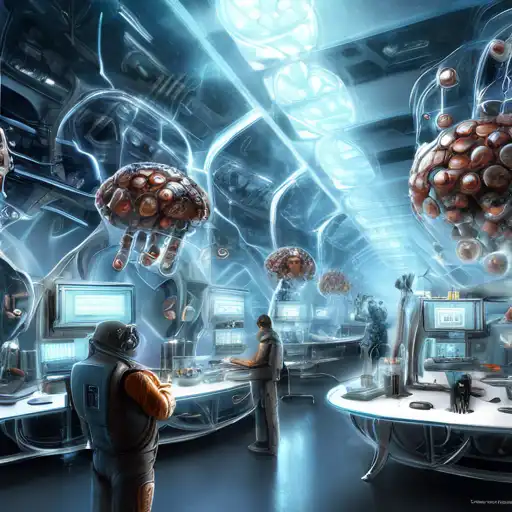Introduction to Nanotechnology
Nanotechnology, the science of the incredibly small, is making a monumental impact across various industries. By manipulating matter at the atomic and molecular level, scientists and engineers are creating materials and devices with remarkable properties and functions. This article explores the vast potential of nanotechnology and its current applications that are shaping the future.
The Science Behind Nanotechnology
At its core, nanotechnology involves the study and application of extremely small things, typically less than 100 nanometers in size. To put this into perspective, a single sheet of paper is about 100,000 nanometers thick. This field combines principles from physics, chemistry, biology, and engineering to innovate at the nanoscale.
Current Applications of Nanotechnology
Nanotechnology is already transforming numerous sectors. Here are some of the most impactful applications:
- Medicine: Targeted drug delivery systems and nanorobots for surgery are revolutionizing healthcare.
- Electronics: Nanoscale components are making devices faster, smaller, and more energy-efficient.
- Energy: Nanomaterials are improving the efficiency of solar panels and batteries.
- Environmental: Nanotechnology is being used for water purification and pollution control.
The Future of Nanotechnology
The potential of nanotechnology is boundless. Researchers are exploring its use in creating self-healing materials, advanced quantum computing, and even in the fight against climate change. As we continue to unlock the secrets of the nanoscale, the possibilities for innovation are endless.
Challenges and Ethical Considerations
Despite its promise, nanotechnology faces challenges, including health and safety concerns, environmental impact, and ethical issues. It's crucial to address these concerns to ensure the responsible development and use of nanotechnologies.
Conclusion
Nanotechnology is a testament to how small-scale innovations can lead to big changes. Its applications across medicine, electronics, energy, and the environment highlight its transformative potential. As we navigate the challenges, the future of nanotechnology looks bright, promising advancements that were once thought impossible.
For more insights into cutting-edge technologies, explore our technology section.
